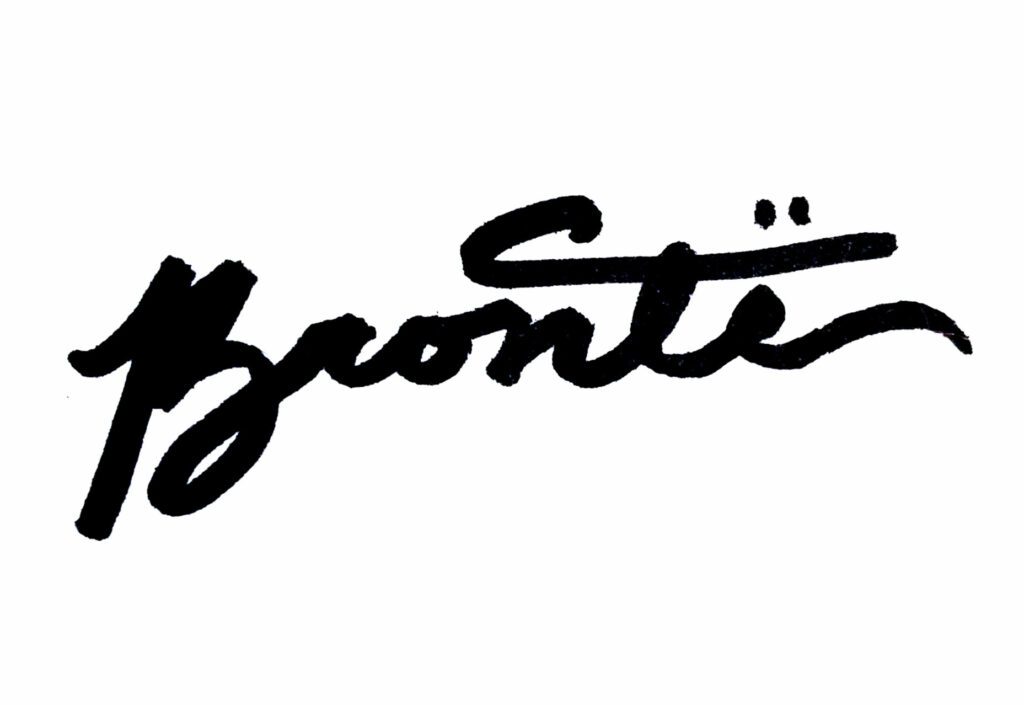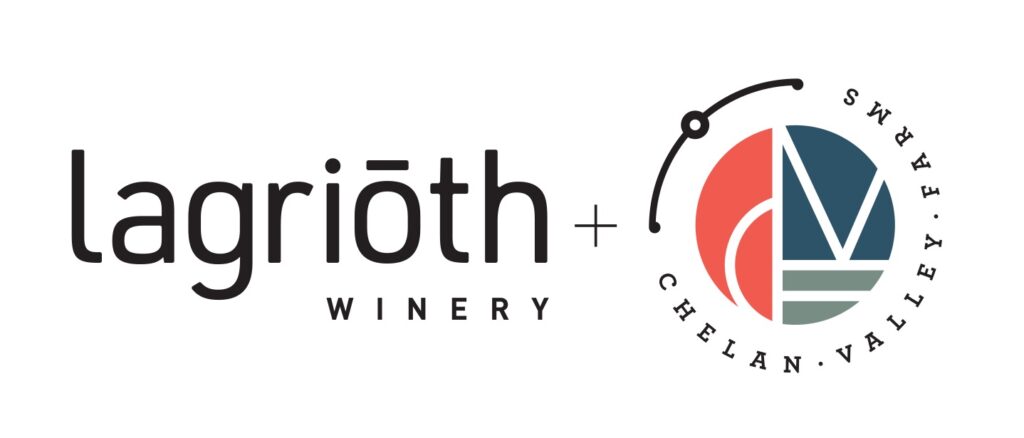Cultivating a Pollinator Garden: A Guide for Washington State’s Farm Community
Pollinator gardens are not only beautiful additions to our landscapes but also essential for the well-being of our local ecosystems. By creating a pollinator-friendly habitat, we can attract and support a diverse array of pollinators, such as bees, butterflies, birds, and more. In this week’s blog post, we will explore the steps to start a pollinator garden in Washington State, along with highlighting the various types of pollinators you can expect to see.
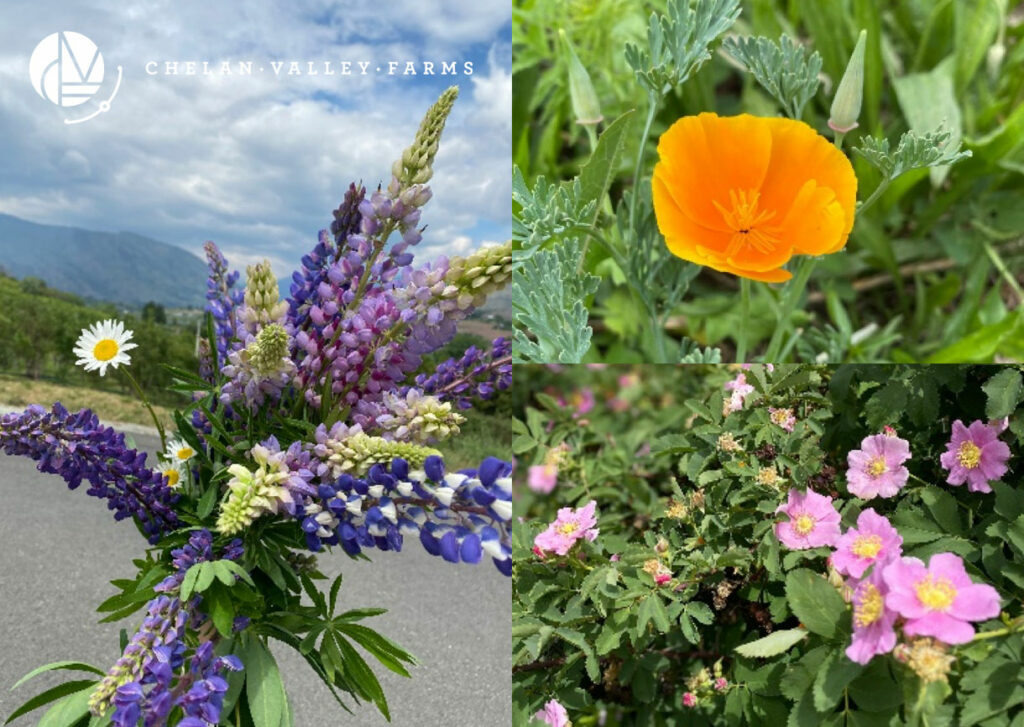
Left: Cut Flowers from the Pollinator Garden. Top Right: California Poppy. Bottom Right: Wild Roses
Selecting a Site:
When choosing a location for your pollinator garden, keep in mind the following considerations:
a. Sunlight: Most pollinators prefer full sun, so select an area that receives at least six hours of direct sunlight each day.
b. Water Source: Ensure access to a water source, such as a birdbath or small pond, as it will attract different pollinators.
c. Shelter and Nesting Opportunities: Provide natural shelter like trees, shrubs, and rocks to create a haven for pollinators.
Native Plants for Pollinators:
Native plants are well-suited for local pollinators and play a crucial role in supporting their populations. Consider including the following types of plants in your garden:
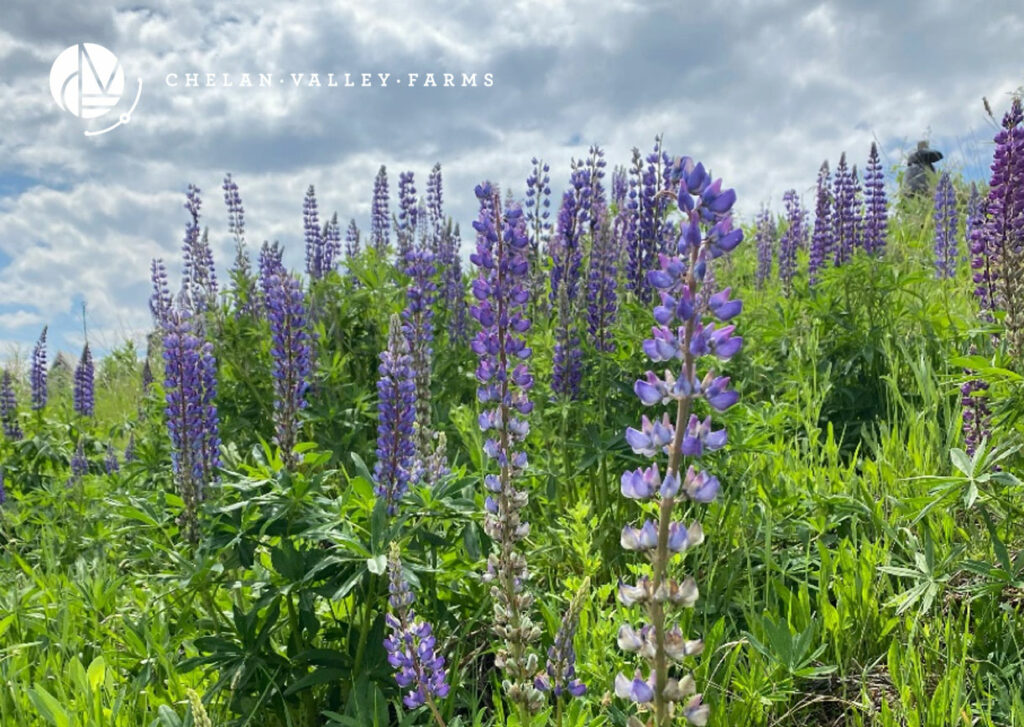
a. Flowers: Choose a variety of flowers that bloom at different times throughout the year to provide a consistent nectar and pollen source. Some popular choices for Washington State include lupines, coneflowers, bee balm, penstemon, and salvias.
b. Trees and Shrubs: Incorporate native trees and shrubs such as serviceberry, red-flowering currant, ocean spray, and cascara to provide food and nesting sites for pollinators.
c. Herbs and Vegetables: Include herbs like lavender, mint, and sage, as well as vegetables such as tomatoes, cucumbers, and squash, which attract pollinators while offering additional benefits for your farm.
Providing for Different Types of Pollinators:
Diverse pollinators have varying preferences and requirements. Familiarize yourself with these common pollinator types:
a. Bees: Bees are among the most important pollinators. Encourage their presence by providing nesting sites like bee houses or leaving bare ground for ground-nesting bees.
b. Butterflies: Butterflies are attracted to bright-colored flowers with wide, shallow blossoms. Include nectar-rich flowers such as milkweed, butterfly bush, and coneflowers to entice them.
c. Hummingbirds: These charming birds are excellent pollinators. Plant tubular flowers like columbine, salvia, and penstemon, and offer a hummingbird feeder with sugar water during the migration season.
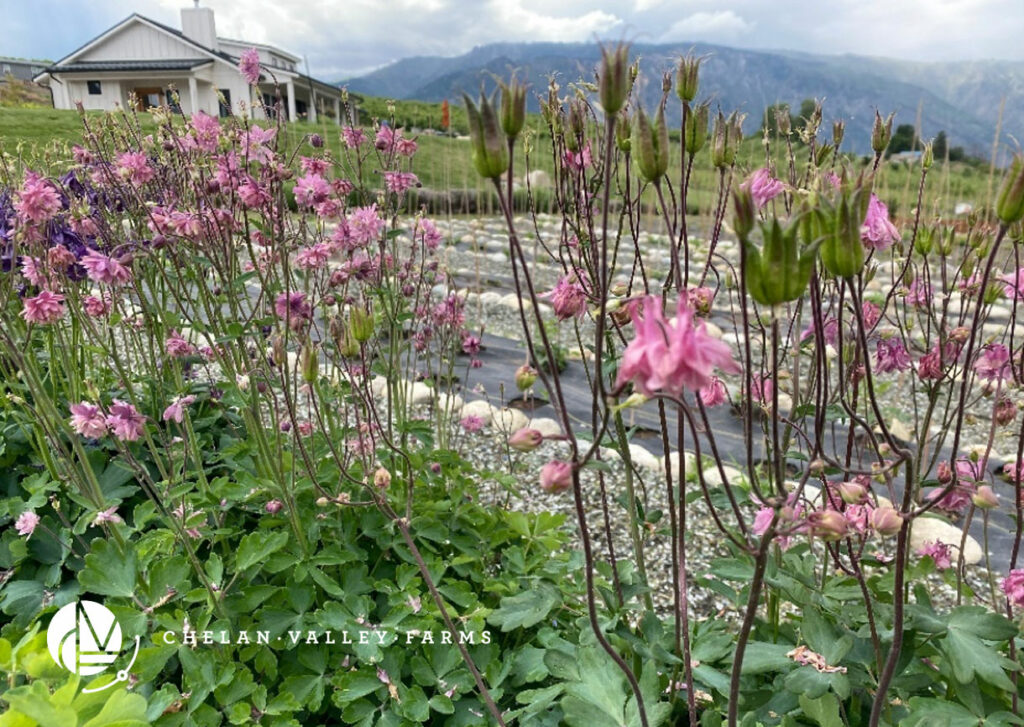
Columbine
d. Beetles: Beetles are attracted to strong-smelling flowers with open shapes. Include plants like marigold, yarrow, and daisy-like flowers to entice them.
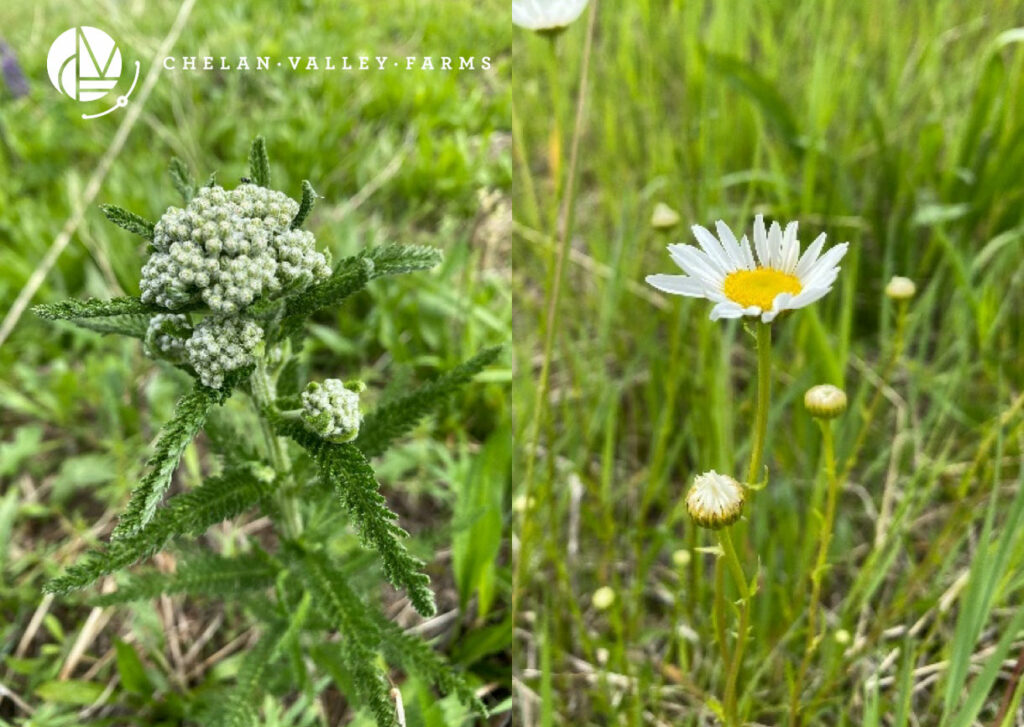
Left: Wild Yarrow. Right: Daisy.
e. Moths: Moths are nocturnal pollinators. Plant night-blooming flowers, such as evening primrose and moonflower, to attract them.
f. Birds: Besides hummingbirds, other birds like orioles and finches also contribute to pollination. Plant native fruit-bearing trees and shrubs like elderberry, huckleberry, and snowberry to attract them.
Conclusion:
By establishing a pollinator garden in your small farm community, you can make a positive impact on the local ecosystem while enjoying the beauty and benefits of a thriving garden. Remember to choose native plants, provide food and shelter throughout the seasons, and create a welcoming environment for various pollinator species. By doing so, you’ll be supporting the delicate balance of nature and fostering a vibrant and sustainable environment for years to come!
The next time you visit the farm, we’re happy to show you some of the flowers we’ve shared pictures of. We’re also planning to enhance our pollinator habitat – stay tuned. And one exciting last bit: the Steiner Boys pooled their money to purchase a Flow Hive. So they’ll be learning how to house bee’s this summer. I hope you’ve enjoyed this topic as pollinators are so important to our food and flowers.
Have a great Memorial Day Weekend.
